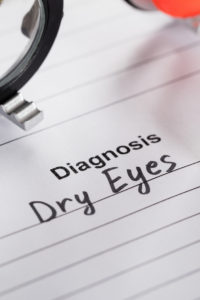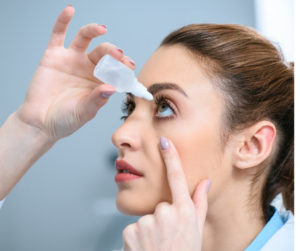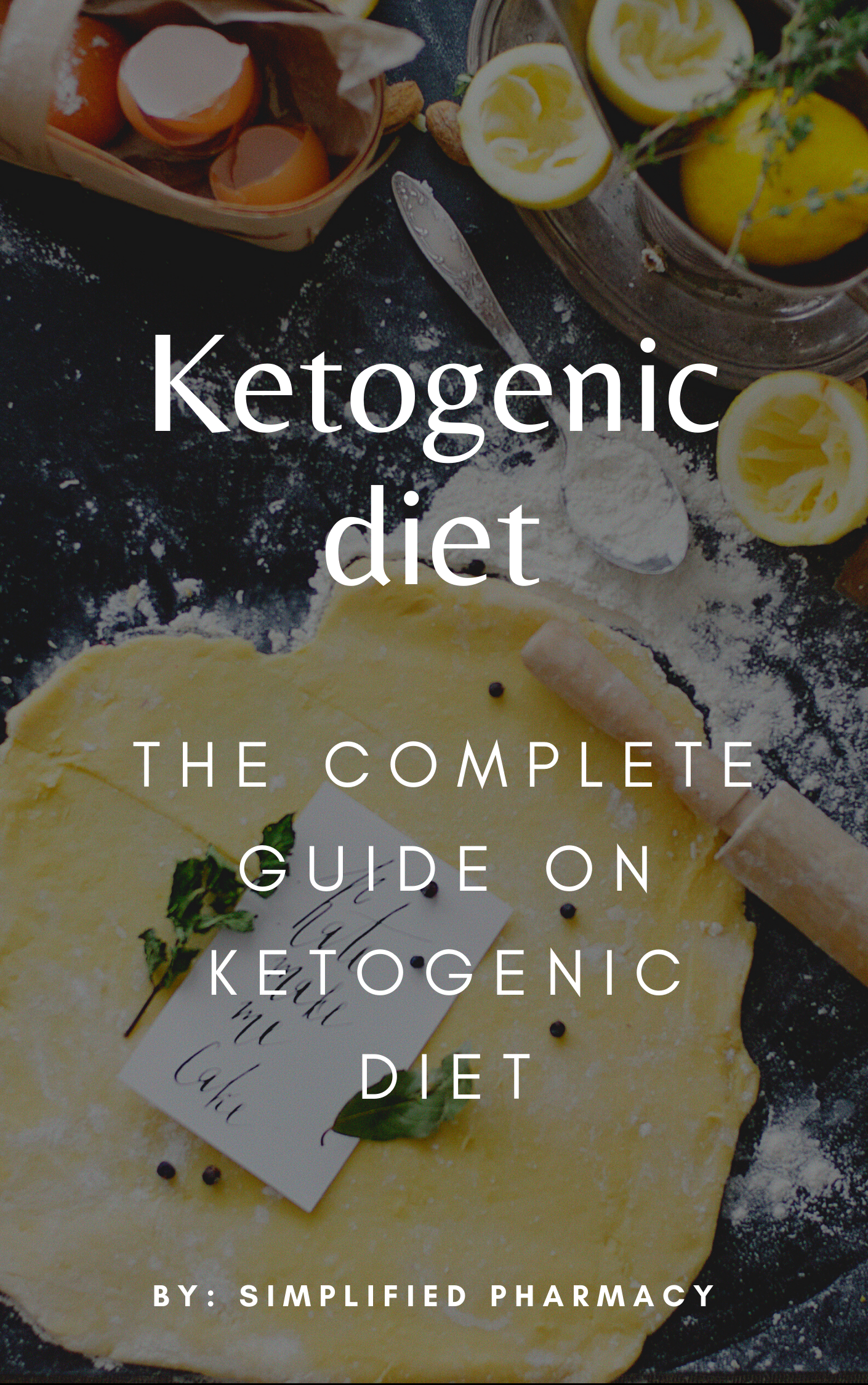Adults purchasing comfort eye drops in a pharmacy should be considered a suspect for dry eye disease given the high prevalence of the disease. It is one of the most common causes for a visit to an eye doctor.
Dry eyes affect significant number of people but the treatment remains unsatisfactory sometimes. Since your eyes are dry, you may be prone to bacterial infections, inflammation or scarring on your cornea.
Although dry eyes can be uncomfortable, it almost never causes permanent vision loss.
But first let’s see how the disease occurs.
How do we get dry eyes?
People with dry eyes either do not produce enough tears or their tears are of a poor quality. Let’s understand more.
- Inadequate amount of tears. Tears are produced by several glands in and around the eyelids. Tears production tends to diminish with age, with various medical conditions or as a side effect of some drugs.
Environmental conditions, such as wind and dry climates, can also decrease tear evaporation. When the normal amount of tears production decreases or tears evaporate too quickly from the eyes, symptoms of dry eye can develop. - Poor quality of tears. Tears are made up of three layers: oil, water and mucus. Each component protects and nourishes the front surface of the eye. If the tears evaporate too quickly or do not spread evenly over the cornea due to deficiencies with any of the three tear layers, dry eye symptoms can develop.
The most common form of dry eyes occurs when the water layer of tears is inadequate. This condition, called keratoconjunctivitis, is also referred to as dry eye syndrome.
Risk factors of dry eye disease
Numerous factors may contribute to the development of dry eye disease, some of them:
- Medications such as antihistamines, diuretics “water pills”, estrogen, isotretinoin and antidepressants.
- Female gender
- Smoking
- Diet (e.g., vitamin A deficiency)
- Contact lens wear
- Aging
Symptoms of dry eye disease
Dry eye disease may lead to any of the following symptoms:
- Stinging or burning feeling
- Sandy, gritty or a foreign body sensation
- Blurry vision
- Redness in the eyes
- A sensation of heavy eyelids or difficulty opening the eyes
Treatment of dry eyes
The treatment is divided into two approaches:
Non- drug measures
Initial approaches include education about the condition, modification of the environment (eliminating direct high airflow/fans, reduced screen time, humidifier).
You can encourage blinking, quitting smoking, moist washcloth paced over closed eyelids and wearing swim googles at home (yes this can help as weird as it sounds).
Drug measures
Artificial tears
Artificial tears are the main treatment therapy for all severity grades of dry eye. It increases your eye moisture, reduce the surface stress and can increase the quality of life.
Anti-inflammatory treatment
To break the vicious circle of surface damage and inflammation, anti-inflammatory treatment is required in patients with moderate to severe dry eye disease. Such as:
Cyclosporine eye drops (Restasis®)
- Restasis reserved for chronic moderate to severe cases. Restasis needs 6 months to show noticeable clinical effects.
- Given twice a day
- These drops are safe to use. However, at first can cause some stinging upon application
Punctal plugs
It is a revisable, painless procedure in which your physician will insert a tiny silicone to block the drainage holes in the corner of the eye. Punctal plugs procedure used if the condition is severe and you want a permanent solution.
Preventing dry eye disease
If the cause of your dry eyes is something external or environmental, eliminating that cause may solve the problem and resolve the symptoms.
Avoid dry environments, hair dryers, heaters and fans, (particularly directed toward the eyes) and smoky environments and wear eye protection such as wrap around glasses or goggles when in dusty or windy areas.
Use a humidifier to add moisture to dry indoor air. If working on computer or watching television, make sure to blink purposefully as our natural tendency is to reduce our blink rate when staring at a screen.
Also avoid rubbing your eyes as this can further irritate them. Staying hydrated by drinking at least 8 to 10 glasses of water per day can also help.
What to read next?
https://simplifiedpharmacy.com/blog/
DISCLAIMER
All content and information on this website including our programs, products and/or services is for informational and educational purposes only, does not constitute medical, psychological or health advice of any kind and we do not warrant that the information presented herein is free of any errors or omissions.
We are not providing medical, health care, nutrition therapy or coaching services to diagnose, treat, prevent or cure any kind of physical ailment, mental or medical condition.
A professional-client relationship with you is only formed after we have expressly entered into a written agreement with you that you have signed including our fee structure and other terms to work with you in a specific matter.
Although we strive to provide accurate general information, the information presented here is not a substitute for any kind of professional advice, and you should not rely solely on this information. Always consult a professional in the medical and health area for your particular needs and circumstances prior to making any medical or health related decisions. For your health related questions, please seek the advice of a licensed physician or any other qualified health care provider immediately.

